Water Desalination & RO
System Operating Characteristics
Views : 5
Usually dispatched in 2 to 3 days
Usually dispatched in 2 to 3 days
Category:
Water Desalination & RO
Only logged in customers who have purchased this product may leave a review.
Related books
Chemical Cleaning Effects On Properties And Separation Efciency Of An RO Membrane
Abstract: This study aims to investigate the impacts of chemical cleaning on the performance of a reverse osmosis
membrane. Chemicals used for simulating membrane cleaning include a surfactant (sodium dodecyl sulfate, SDS), a
chelating agent (ethylenediaminetetraacetic acid, EDTA), and two proprietary cleaning formulations namely MC3
and MC11. The impact of sequential exposure to multiple membrane cleaning solutions was also examined. Water
permeability and the rejection of boron and sodium were investigated under various water fluxes, temperatures and
feedwater pH. Changes in the membrane performance were systematically explained based on the changes in the
charge density, hydrophobicity and chemical structure of the membrane surface. The experimental results show that
membrane cleaning can significantly alter the hydrophobicity and water permeability of the membrane; however, its
impacts on the rejections of boron and sodium are marginal. Although the presence of surfactant or chelating agent
may cause decreases in the rejection, solution pH is the key factor responsible for the loss of membrane separation
and changes in the surface properties. The impact of solution pH on the water permeability can be reversed by
applying a subsequent cleaning with the opposite pH condition. Nevertheless, the impacts of solution pH on boron
and sodium rejections are irreversible in most cases
Chemical Cleaning Effects On Properties And Separation Efciency Of An RO Membrane
Abstract: This study aims to investigate the impacts of chemical cleaning on the performance of a reverse osmosis
membrane. Chemicals used for simulating membrane cleaning include a surfactant (sodium dodecyl sulfate, SDS), a
chelating agent (ethylenediaminetetraacetic acid, EDTA), and two proprietary cleaning formulations namely MC3
and MC11. The impact of sequential exposure to multiple membrane cleaning solutions was also examined. Water
permeability and the rejection of boron and sodium were investigated under various water fluxes, temperatures and
feedwater pH. Changes in the membrane performance were systematically explained based on the changes in the
charge density, hydrophobicity and chemical structure of the membrane surface. The experimental results show that
membrane cleaning can significantly alter the hydrophobicity and water permeability of the membrane; however, its
impacts on the rejections of boron and sodium are marginal. Although the presence of surfactant or chelating agent
may cause decreases in the rejection, solution pH is the key factor responsible for the loss of membrane separation
and changes in the surface properties. The impact of solution pH on the water permeability can be reversed by
applying a subsequent cleaning with the opposite pH condition. Nevertheless, the impacts of solution pH on boron
and sodium rejections are irreversible in most cases
Desalination and Water Treatment
Abstract:
This study proposes a simple design method of the Reverse osmosis (RO) system in RO brackish water desalination plants. This method is based on the application of maximum available recovery without scaling of any of the compounds present in the water as silica, calcium carbonate, calcium sulfate, barium sulfate, strontium sulfate, and calcium fluoride, and membrane manufacturer design guidelines, and the plant production. Although the method was originally
conceived for application to subterranean brackish waters in the Canary Islands, Spain (principally Gran Canaria, Fuerteventura and Tenerife), it can be extrapolated to other types of region and water treatable with RO systems. The required input data are the chemical composition of the feed water, pH, temperature, silt density index membrane manufacturer design guidelines, and the plant production. The programmed method then determines the design of the RO system. The method whose procedure is described graphically and analytically can be used as an aid in design optimization of RO brackish water desalination plants with acid-free pretreatment processes and only the use of scale inhibitor using spiral wound membranes. Practical applications are presented. The final results for different types of feed water and capacities are showed.
Desalination and Water Treatment
Abstract:
This study proposes a simple design method of the Reverse osmosis (RO) system in RO brackish water desalination plants. This method is based on the application of maximum available recovery without scaling of any of the compounds present in the water as silica, calcium carbonate, calcium sulfate, barium sulfate, strontium sulfate, and calcium fluoride, and membrane manufacturer design guidelines, and the plant production. Although the method was originally
conceived for application to subterranean brackish waters in the Canary Islands, Spain (principally Gran Canaria, Fuerteventura and Tenerife), it can be extrapolated to other types of region and water treatable with RO systems. The required input data are the chemical composition of the feed water, pH, temperature, silt density index membrane manufacturer design guidelines, and the plant production. The programmed method then determines the design of the RO system. The method whose procedure is described graphically and analytically can be used as an aid in design optimization of RO brackish water desalination plants with acid-free pretreatment processes and only the use of scale inhibitor using spiral wound membranes. Practical applications are presented. The final results for different types of feed water and capacities are showed.
Cleaning Procedures for Composite Polyamide RO Membrane Elements
Note: The Composite Polyamide type of RO membrane elements may not be
exposed to chlorinated water under any circumstances. Any such exposure may
cause irreparable damage to the membrane. Absolute care must be taken
following any disinfection of piping or equipment or the preparation of cleaning or
storage solutions to ensure that no trace of chlorine is present in the feedwater to
the RO membrane elements. If there is any doubt about the presence of chlorine,
perform chemical testing. Neutralize any chlorine residual with a sodium bisulfite
solution, and ensure adequate mixing and contact time to accomplish complete
dechlorination. Dosing rate is 1.8 to 3.0 ppm sodium bisulfite per 1.0 ppm of free
chlorine
Cleaning Procedures for Composite Polyamide RO Membrane Elements
Note: The Composite Polyamide type of RO membrane elements may not be
exposed to chlorinated water under any circumstances. Any such exposure may
cause irreparable damage to the membrane. Absolute care must be taken
following any disinfection of piping or equipment or the preparation of cleaning or
storage solutions to ensure that no trace of chlorine is present in the feedwater to
the RO membrane elements. If there is any doubt about the presence of chlorine,
perform chemical testing. Neutralize any chlorine residual with a sodium bisulfite
solution, and ensure adequate mixing and contact time to accomplish complete
dechlorination. Dosing rate is 1.8 to 3.0 ppm sodium bisulfite per 1.0 ppm of free
chlorine
Basics of Reverse Osmosis
What is Reverse Osmosis?
Reverse Osmosis is a technology that is used to remove a large majority of contaminants from water by
pushing the water under pressure through a semi permeable membrane. This paper is aimed towards an audience that has little of no experience with Reverse Osmosis and will attempt to explain the basics
in simple terms that should leave the reader with a better overall understanding of Reverse Osmosis technology and its applications.
Basics of Reverse Osmosis
What is Reverse Osmosis?
Reverse Osmosis is a technology that is used to remove a large majority of contaminants from water by
pushing the water under pressure through a semi permeable membrane. This paper is aimed towards an audience that has little of no experience with Reverse Osmosis and will attempt to explain the basics
in simple terms that should leave the reader with a better overall understanding of Reverse Osmosis technology and its applications.
An Introduction To Membrane Techniques For Water Desalination
This course is adapted from the Unified Facilities Criteria of the United States government, which is in the
public domain, is authorized for unlimited distribution, and is not copyrighted.
An Introduction To Membrane Techniques For Water Desalination
This course is adapted from the Unified Facilities Criteria of the United States government, which is in the
public domain, is authorized for unlimited distribution, and is not copyrighted.
Desalination Needs and Appropriate technology
Abstract
This study investigates the desalination needs and available technologies in Sri Lanka. Lack of rainfall, pollution due to agricultural chemicals, presence of fluoride, increasing demand, exploitation of ground water and brackishness have created scarcity of fresh pure water specially in near costal and dry zones in Sri Lanka. Due to Chronic Kidney Disease (CKD) around 500 people died in dry zones annually which is suspected to cause by Arsenic and Cadmium contain
in ground water due to agriculture chemicals. The available desalination methods are Reverse Osmosis (RO), Solar distillation and conventional methods. The cost for RO is Rs.0.10 cents per liter and solar distillation Rs.2.96 per liter. Although the price shows that the RO is better but due to high initial investment as a
third world country it is very difficult to afford huge initial investment without government intervention. The experimental solar desalination units only produce nearly 5liters of potable water per day and directly impacted by availability of solar radiation.
The energy availability of Sri Lanka and future potable water demand predicted as 2188.3 Mn liters as maximum demand which will be in 2030, therefore by that time the government should have a proper plan to cater the demand and desalination plants need to be planned and built based on the demand of dry zones and specially agriculture areas. The applicability of renewable energy for desalination in local arena was also simulated taking the Delft Reverse Osmosis plant for the simulation. Results show that the optimum design is combination of Solar PV and existing 100kW Diesel generator Set with Battery bank and
converter.
Desalination Needs and Appropriate technology
Abstract
This study investigates the desalination needs and available technologies in Sri Lanka. Lack of rainfall, pollution due to agricultural chemicals, presence of fluoride, increasing demand, exploitation of ground water and brackishness have created scarcity of fresh pure water specially in near costal and dry zones in Sri Lanka. Due to Chronic Kidney Disease (CKD) around 500 people died in dry zones annually which is suspected to cause by Arsenic and Cadmium contain
in ground water due to agriculture chemicals. The available desalination methods are Reverse Osmosis (RO), Solar distillation and conventional methods. The cost for RO is Rs.0.10 cents per liter and solar distillation Rs.2.96 per liter. Although the price shows that the RO is better but due to high initial investment as a
third world country it is very difficult to afford huge initial investment without government intervention. The experimental solar desalination units only produce nearly 5liters of potable water per day and directly impacted by availability of solar radiation.
The energy availability of Sri Lanka and future potable water demand predicted as 2188.3 Mn liters as maximum demand which will be in 2030, therefore by that time the government should have a proper plan to cater the demand and desalination plants need to be planned and built based on the demand of dry zones and specially agriculture areas. The applicability of renewable energy for desalination in local arena was also simulated taking the Delft Reverse Osmosis plant for the simulation. Results show that the optimum design is combination of Solar PV and existing 100kW Diesel generator Set with Battery bank and
converter.


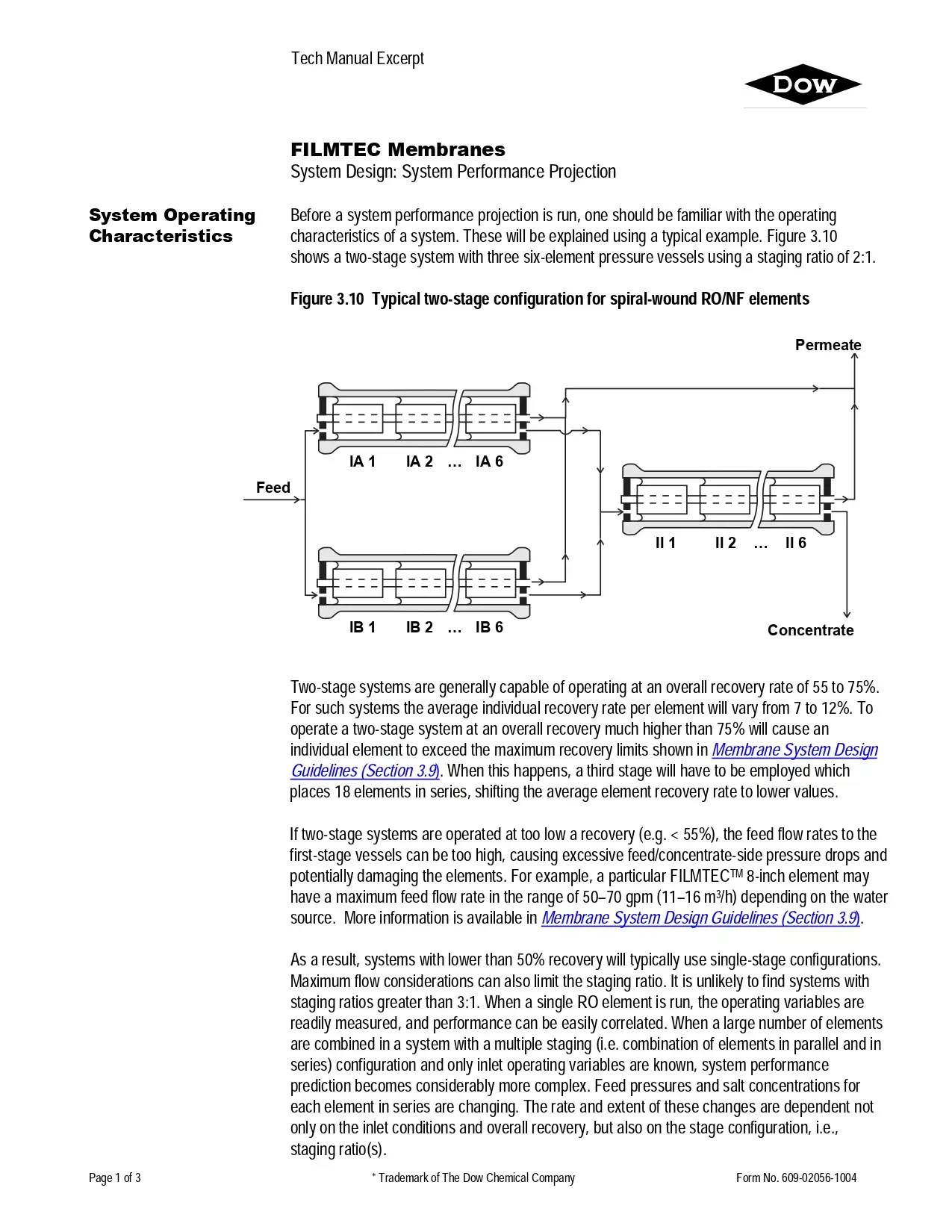
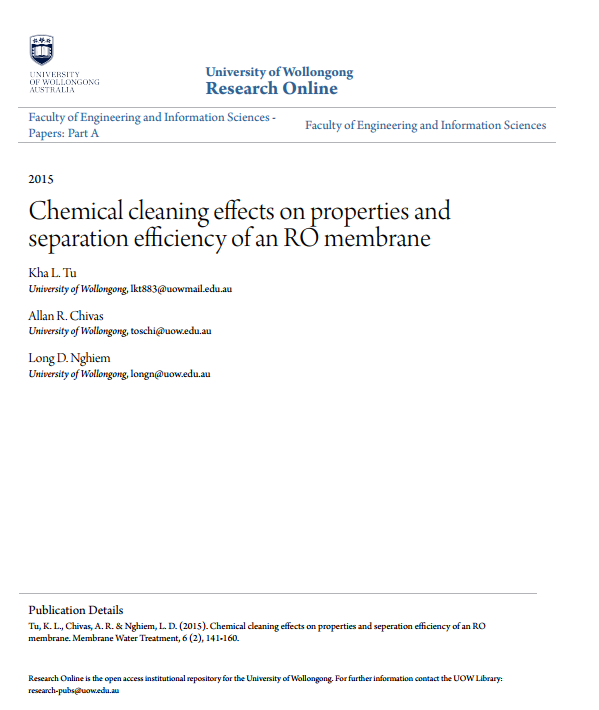

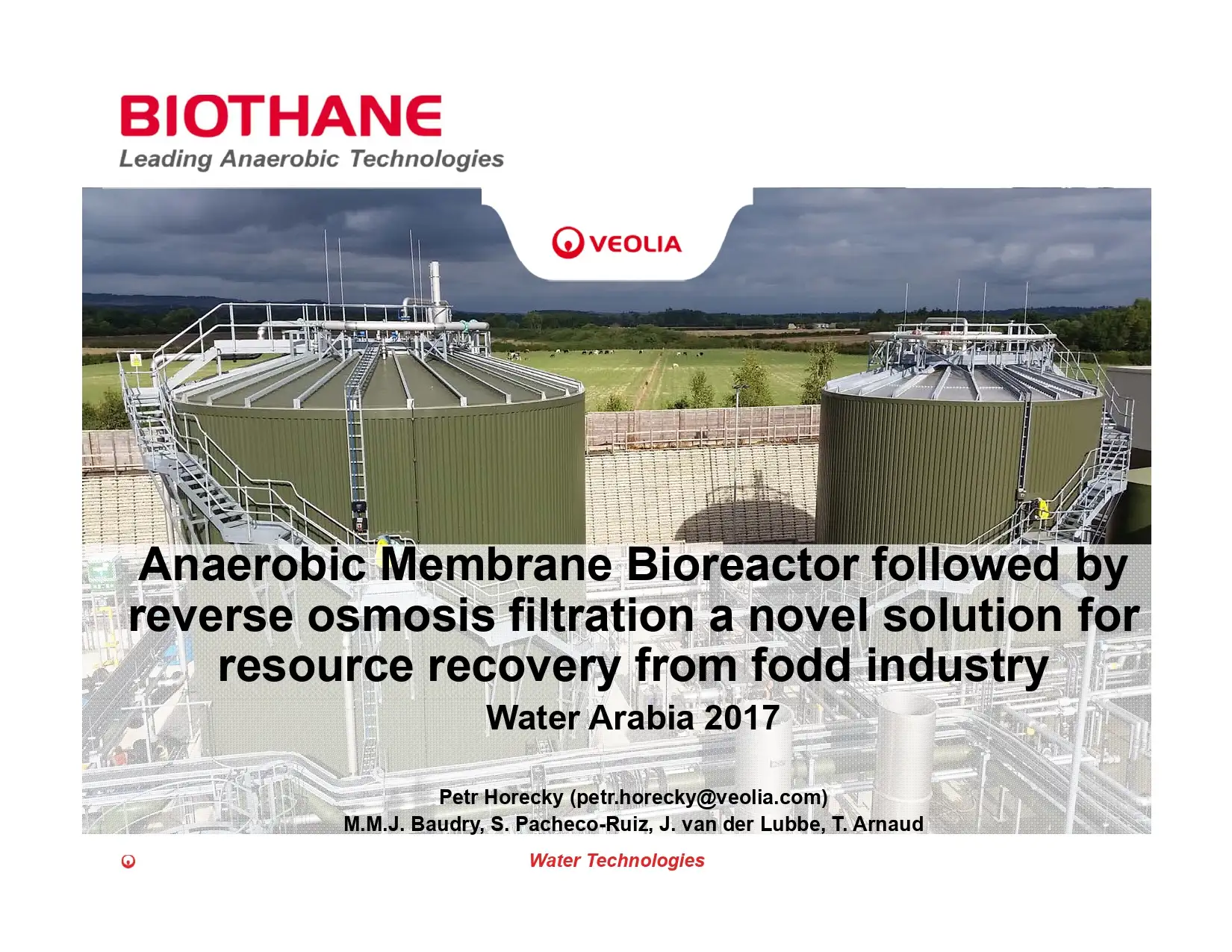

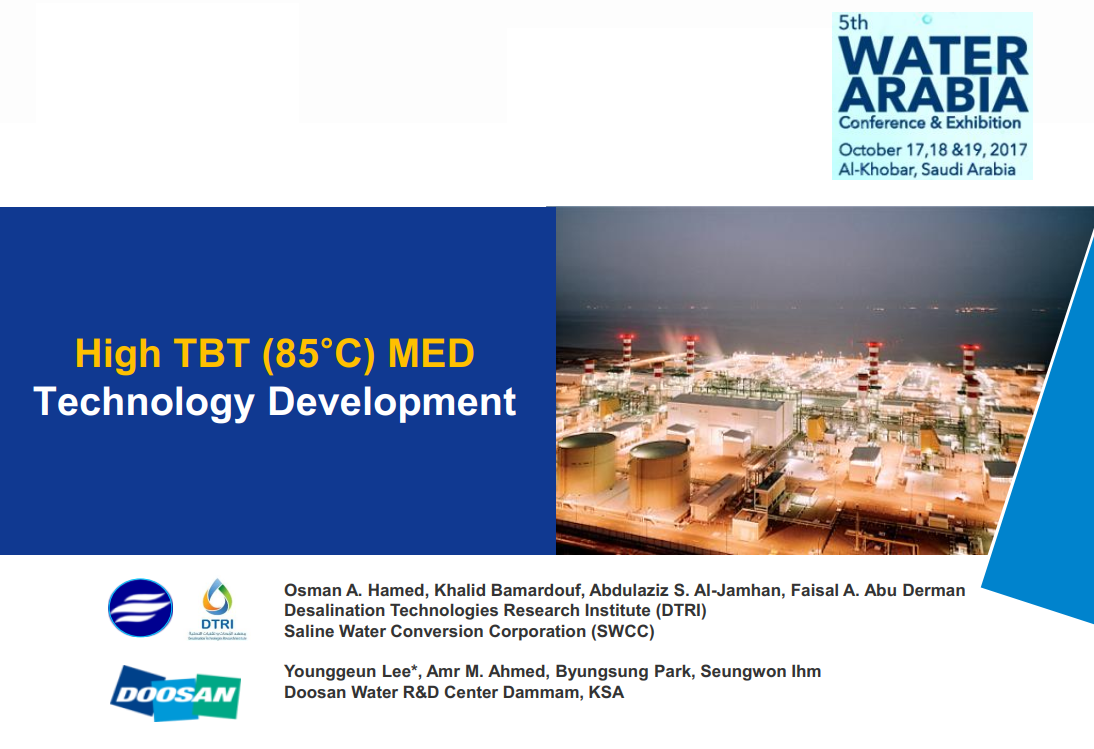

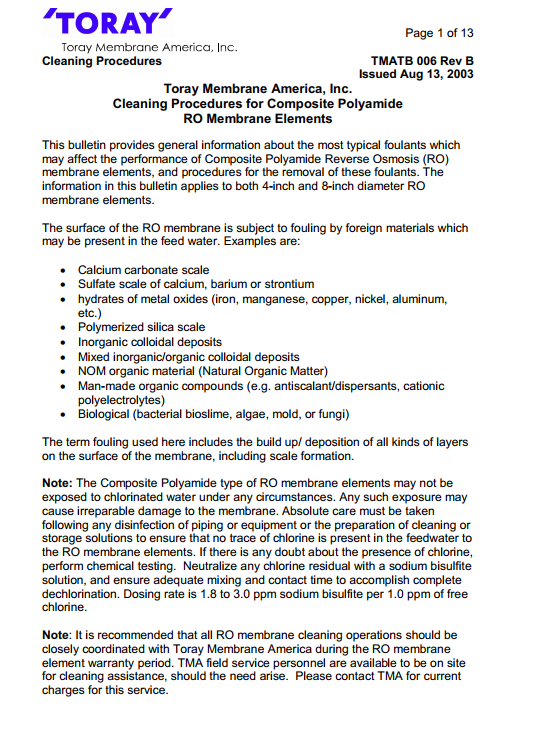
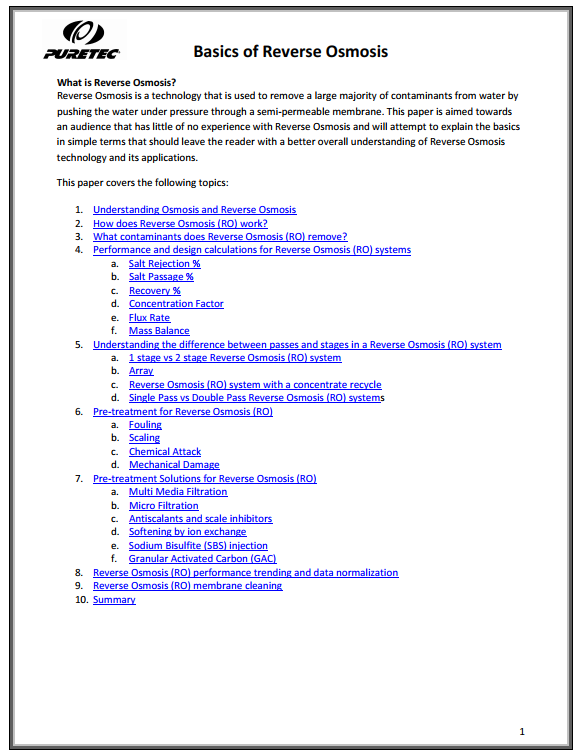
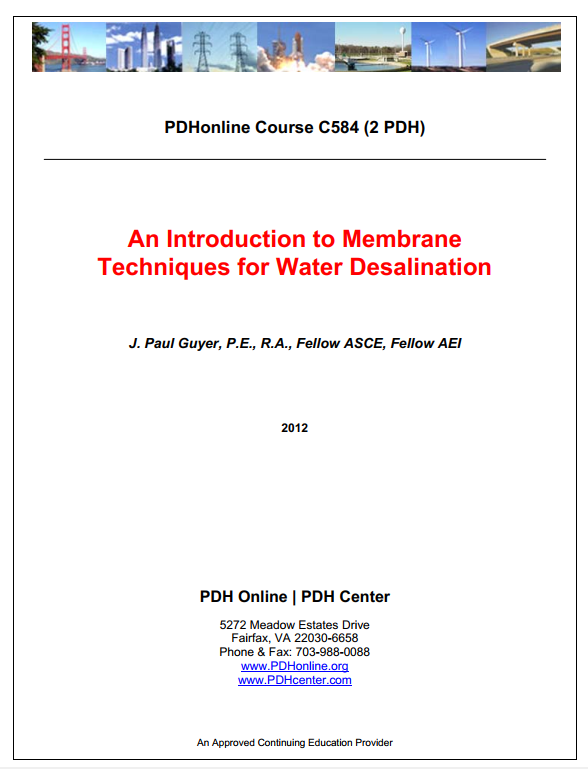


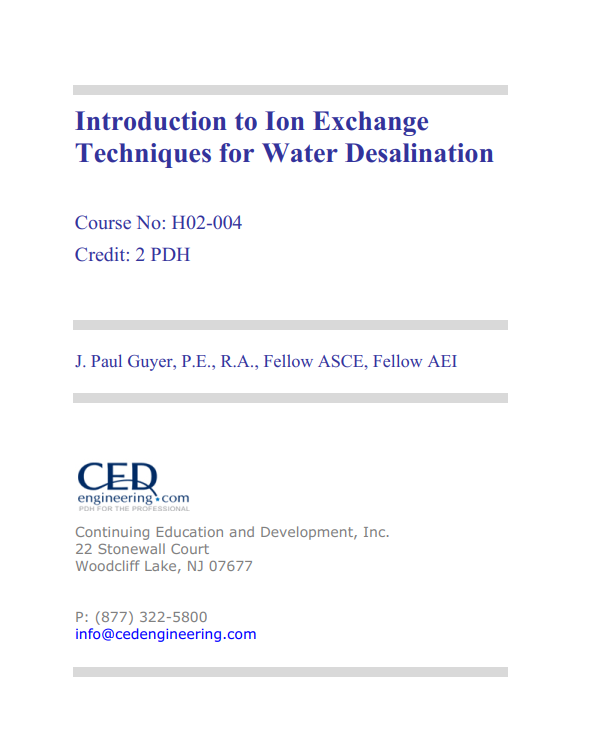
Reviews
There are no reviews yet.